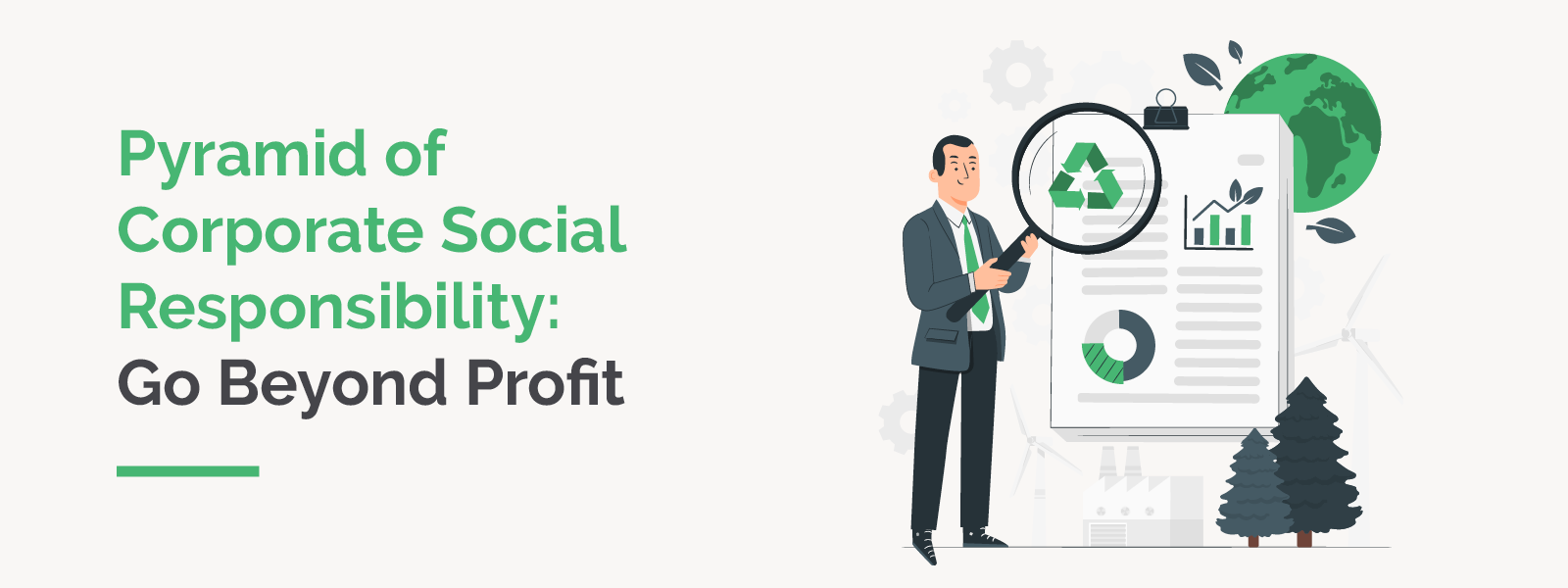
Pyramid of Corporate Social Responsibility: Go Beyond Profit
As a leader at your company, you’ve likely heard about the…
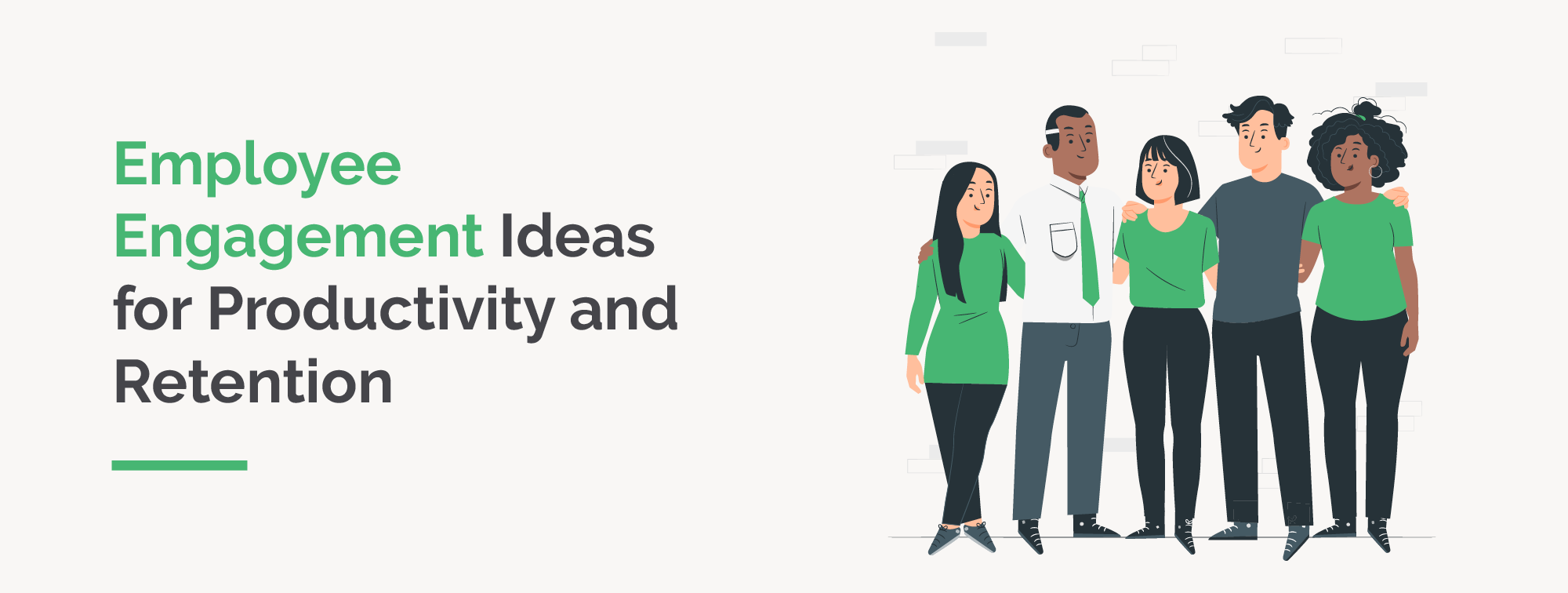
52+ Employee Engagement Ideas for Productivity and Retention
Picture two imaginary employees who are both employed by the…
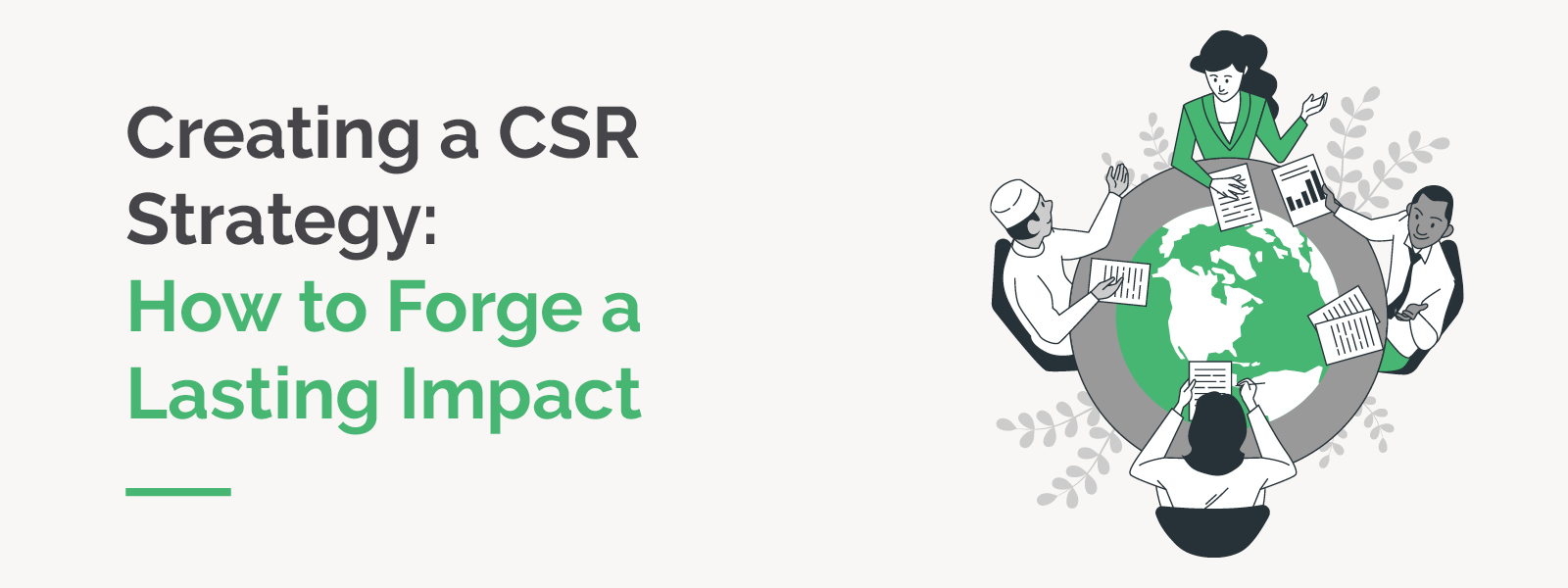
Creating a CSR Strategy: How to Forge a Lasting Impact
There are many markers of a successful business—from pulling…

Company Spotlight: Maximizing Matching Gift Innovation with Innovative Discovery
The list of matching gift companies is endless—and not exclusive…

25+ Top Corporate Volunteering Ideas to Inspire Employees
Expectations of the modern company have changed. To many people,…

14 Types of Corporate Philanthropy You Should Know About
Did you know that corporations give an average of $20-$26 billion…

How to Offer the Ultimate Employee Giving Experience
Picture this: you’re the owner of a mid-size technology company…
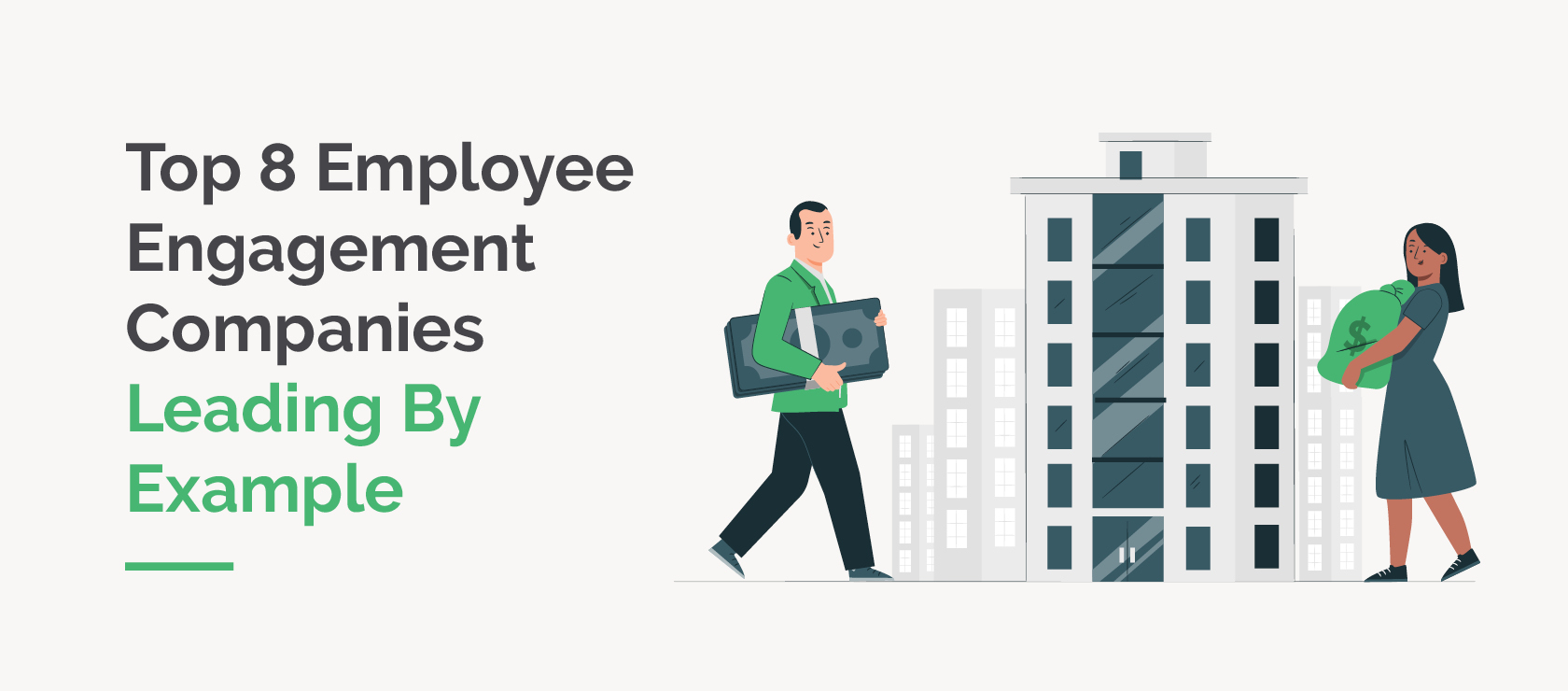
Top 8 Employee Engagement Companies Leading By Example
Employee engagement has become an increasingly important part…

Corporate Volunteering Platforms: Boost Employee Engagement
Companies that serve their communities stand out to customers…
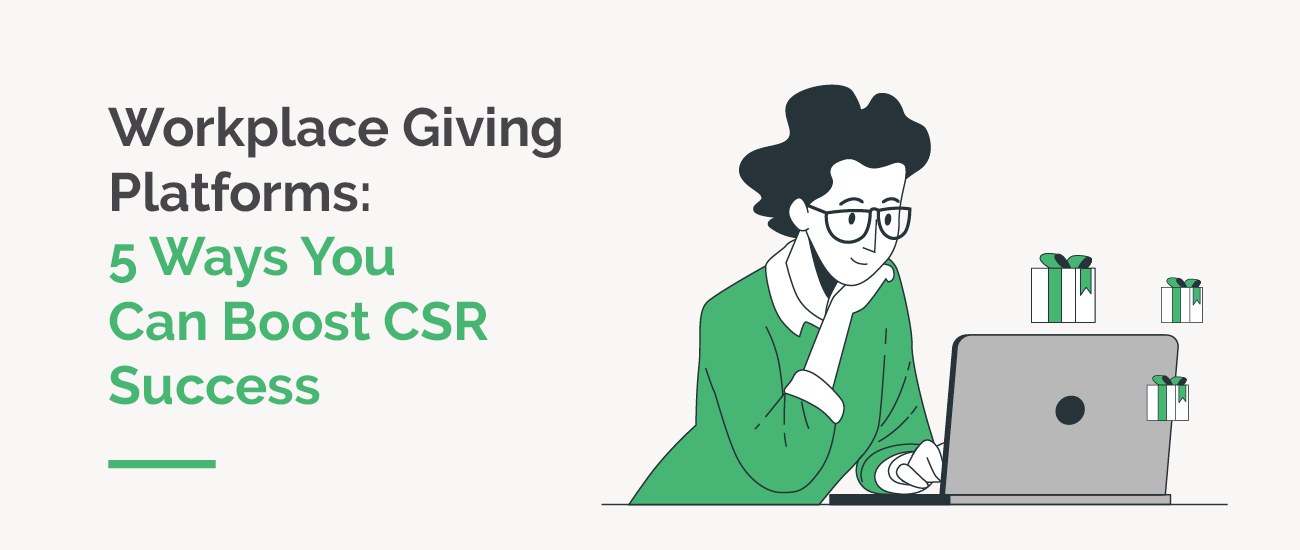 https://doublethedonation.com/wp-content/uploads/2021/05/Double-the-Donation_workplace-giving-platforms_Feature.jpg
550
1300
Kanwei Li
https://doublethedonation.com/wp-content/uploads/2025/11/DTD-horizontal-logo-300x63.png
Kanwei Li2023-10-26 13:00:552026-01-09 17:06:04Workplace Giving Platforms: 5 Ways You Can Boost CSR Success
https://doublethedonation.com/wp-content/uploads/2021/05/Double-the-Donation_workplace-giving-platforms_Feature.jpg
550
1300
Kanwei Li
https://doublethedonation.com/wp-content/uploads/2025/11/DTD-horizontal-logo-300x63.png
Kanwei Li2023-10-26 13:00:552026-01-09 17:06:04Workplace Giving Platforms: 5 Ways You Can Boost CSR Success
